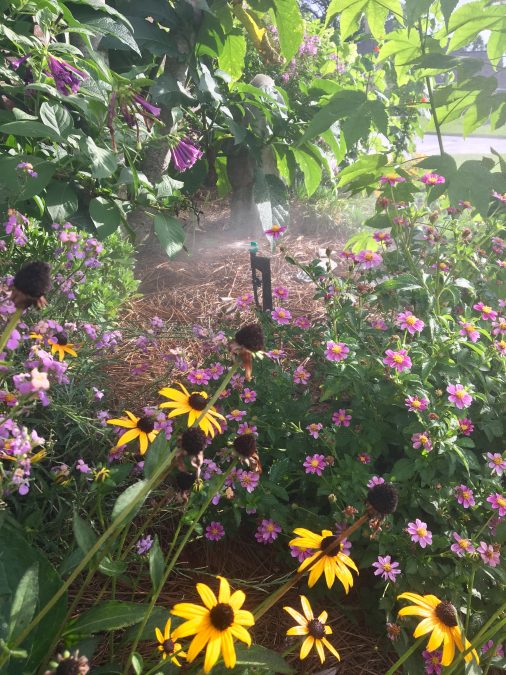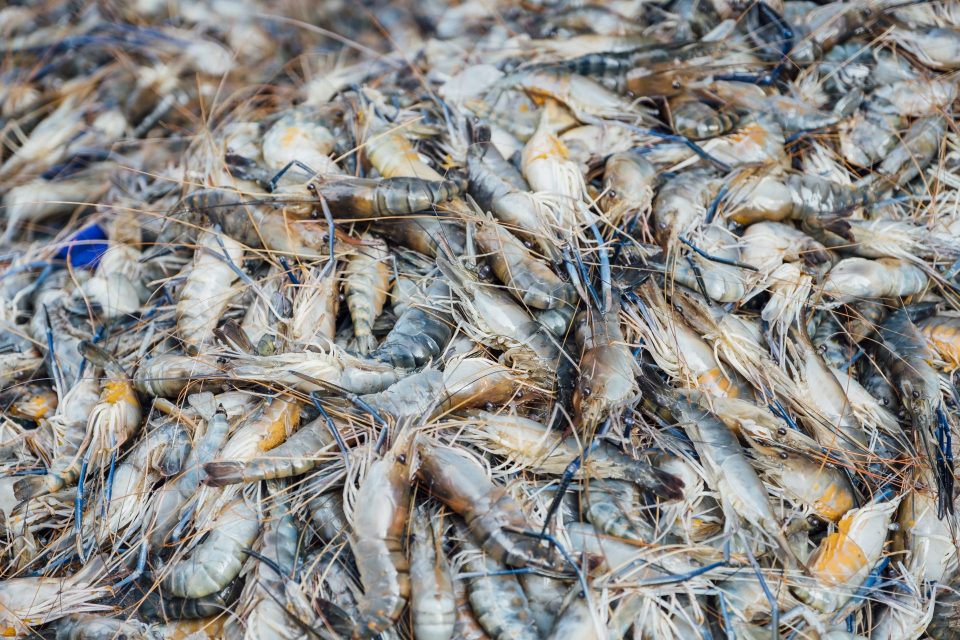
The Crescent Circus to make appearance at TPL!
June 27, 2022
State Fire Marshal Offers Purchase, Use Tips As Fireworks Retail Sales for the Independence Day Holiday Begin
June 28, 2022By Heather Kirk-Ballard LSU AgCenter Horticulturist
After last year’s record rainfall, it’s hard to believe that this year we are barely getting any rain at all. Watering my poor, wilted plants this morning, I recalled that I did not have to pull out my garden hose last year. Looking back at historical weather data, this is not abnormal. Just like many other things in life, the weather is cyclical.
However, with temperatures in the triple digits all week and no rain, our plants are definitely suffering. The first line of defense is using mulch around your plants to prevent evaporation of water from the soil and to keep the soil around roots cooler.
Some plants, such as vegetables, require more water while others, such as succulents and natives, require less. In addition, the amount of water required by plants varies with the stage of plant growth, temperature and time of year. The longer, hotter days of summer call for more water for most plants.
The next line of defense is supplemental watering. The rule of thumb is to apply 1 inch of water per week. The best practice for watering during a drought is to do so deeply and less frequently to encourage deep root growth.
Roots are generally within the top 6 inches of soil. Let the soil dry in between waterings to avoid shallow roots, weed growth and fungal disease. Drip irrigation in gardening beds is great for helping prevent excessive evaporation and delivering water straight to the roots.
How do you figure out what an inch of water is? Well, that can be a bit complicated, and there are many variables. To simplify as much as possible, you need to know some things about your garden hose: the diameter, the PSI rating of the water spigot and length of the hose. This will help determine the water flow rate in gallons per minute, or gpm.
A typical garden hose flow rate has an average of 12 to 14, but this can vary. Many garden hoses are 1/2 to 3/4 inches in diameter. The smaller diameter the hose, the lower the gpm it will deliver.
The next thing to consider is pounds per square inch, or psi, which determines the speed that water passes through the hose. The average pressure from a home water faucet is about 40 to 60 psi but can be higher. The last thing to consider is the length of the hose. As the hose gets longer and you are moving water over greater distances, the flow rate drops.
To get an estimate, use a 5-gallon bucket and stopwatch. Open the spigot fully with your hose connected and let the hose run outside the bucket until you are ready to begin timing. Start your watch and fill the bucket to the rim. Record the amount of time to fill the bucket.
Let’s say it took 45 seconds to fill our 5-gallon bucket. Take 5 gallons divided by 45 seconds times 60 seconds (seconds in a minute), and we get 6.66 gpm. This is a rough estimate but gives you a place to start. You also can find garden hose flow rate calculators online. Try this one from Washington State University at https://bit.ly/3nccAx7.
Another very important factor is when to water. The best times to water are early in the day when the temperatures are cooler and at or after sunset. Between 8 p.m. and 6 a.m. is best. As the day heats up, water evaporates more quickly, making watering less efficient.
Lawns can require irrigation up to three times per week, with water penetrating 6 inches deep. Annuals and perennials should be watered twice per week during extended droughts. Water these plants long enough to penetrate 8 inches into the soil. For shrubs, irrigate twice per week, getting moisture 12 to 16 inches down, and trees once a week to a depth of 18 to 24 inches. Use a long screwdriver to test the depth of the water movement into the soil.
Do not worry if your lawn begins to go dormant in the excessive heat. Most lawns can survive two to three weeks of dormancy and will green up again as temperatures cool and rain returns. You might enjoy the break from mowing.
One way to fight future weather extremes — be it drought or excessive rain — is to choose native plants that tolerate our climate swings. They can handle it better than highly cultivated plants. Keep those zoned to special spaces to limit the area you have to water.








